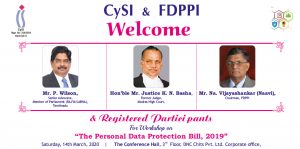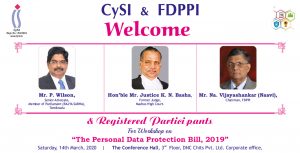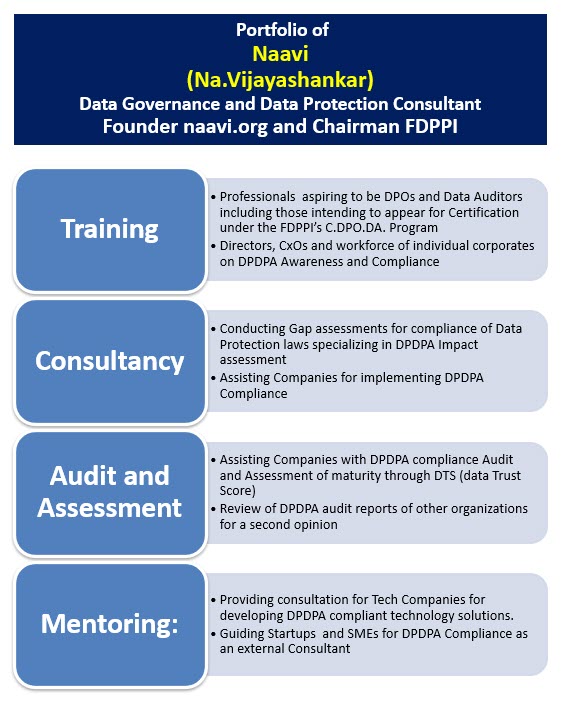
In recent days a lot of discussion is centered around “Proportionality” when it comes to use of Government powers to either make laws or make regulations under the specific laws.
It has become a tendency for politically motivated litigants to oppose a law first when it is being passed in the Parliament and then in the Supreme Court on the basis that it violates some aspect of Constitutional Right. The Supreme Court is also most obliging in taking up such cases and investing its time and energy in meeting the political goals in such litigation against the Government.
When the law can no longer be challenged under the Constitution, the next challenge is mounted on “Yes.. Law is Constitutional,… But the implementation is not proportional”. The recent judgement in the case of Crypto Currencies when a bench of the Supreme Court consisting of Judges V.Ramasubramanian, Aniruddha Bose and Rohinton Fali Nariman held that RBI has powers to regulate Virtual Currencies but its circular stating that Banks should keep away from Crypto Exchanges was a disproportionate use of this power.
This “Yes..But” judgements are a reflection of the powers some advocates have to persuade the Courts to give temporary reliefs when it is not in the interest of the society. The Nirbhaya case in which the accused are filing curative petitions even after final judgement one after another and yet getting a favourable orders from the Courts is a case in point of how law is being twisted to suit the criminals.
To put an end to this “Yes…But” judgements, it is necessary for the Courts to establish the limits to which certain principles can be applied. One such principle that needs clarification is the test of “Proportionality” which is amenable for misuse by the influential litigants and obliging judges. In not every law passed by the Parliament and held constitutional can continue to be frustrated whenever the operating notifications are issued.
The PDPA is in the danger of such an “Yes..But” attack. After the act is passed by the Parliament, it is possible that it is challenged under the ground that Section 35 is unconstitutional or even if constitutional, fails on the proportionality test. Similar objections can be made on the Section 42(2) on the constitution of the DPA. Then similar challenges can be mounted on the definition of Sensitive Personal information or Significant data fiduciary, Social media intermediary and so on… The possibility of challenges to be mounted would be end less and like in the Nirbhaya case, the challenges can come one after the other so that the law as passed may be stayed in its execution stage.
If this situation unfolds, then it would be the Supreme Court itself which will be responsible for not allowing the Government to bring legislation on Privacy Protection and preventing the Puttaswamy judgement to be implemented. It could even be a blessing in disguise for the Government since it can continue to do what it does in the absence of the Privacy law.
Unfortunately even Justice B N Srikrishna himself has gone to public with a statement that the law can be challenged and he could be the prime witness in the case or could be the petitioner himself to challenge the law.
In this depressing scenario, it is necessary for us to feel refreshed by the judgement of another bench of the Supreme Court delivered on 2nd August 2019, exactly 2 years after the Privacy Judgement, in the case of Ritesh Sinha Vs State of Uttar Pradesh, which makes some key observations on the sense of proportionality.
The case related to an accusation that Mr Ritesh Sinha collected money from public promising jobs in the Police…in 2009. The investigating authority wanted a voice sample to be matched with the recorded calls and an application was made. The magistrate issued summons to appear before the investigating officer and provide the voice sample.
This was challenged first in the High Court of Allahabad which was negatived in 2010. Then the appeal came to the Supreme Court. Now after 10 years, Supreme Court has rejected the appeal. Though the voice sample of 2009 may now be compared with the voice sample of 2019 and the time lapse itself would be an advantage to the accused, the judgement is noteworthy from the point of view of the clarification that it has provided on deciding on the “Proportionality” aspect and “Privacy Right”.
There were two issues that came to the contention of the Court. First was whether a person can be compelled to provide the voice sample as it may be evidence against himself. The second was whether in the absence of a provision in Cr.P.C., Court is competent to interpret the provision as the legislative intent.
The Court made the following observations on whether the Right to Privacy is absolute, by stating as follows:
“Would a judicial order compelling a person to give a sample of his voice violate the fundamental right to privacy under Article 20(3) of the Constitution, is the next question.
“The issue is interesting and debatable but not having been argued before us it will suffice to note that in view of the opinion rendered by this Court in Modern Dental College and Research Centre and others vs.State of Madhya Pradesh and others11, Gobind vs. State of Madhya Pradesh and another and the Nine Judge’s Bench of this Court in K.S. Puttaswamy and another vs. Union of India and others the fundamental right to privacy cannot be construed as absolute and but must bow down to compelling public interest.”
As regards the Court trying to interpret the intentions of the law, the judgement stated
“what may appear to be legislative inaction to fill in the gaps in the Statute could be on account of justified legislative concern and exercise of care and caution.”
“The exercise of jurisdiction by Constitutional Courts must be guided by contemporaneous realities/existing realities on the ground. Judicial power should not be allowed to be entrapped within inflexible parameters or guided by rigid principles.”
Though the judgement does uphold the right of the Court to fill in the words in the legislature it is pertinent to note that it has indicated a cautious approach when a written law is to be re-written by the Court through its interpretations.
It opined
“the judicial function is not to legislate but in a situation where the call of justice …, demands expression of an opinion on a silent aspect of the Statute, such void must be filled up not only on the principle of ejusdem generis but on the principle of imminent necessity with a call to the Legislature to act promptly in the matter.”
The Court also observed
“when a yawning gap in the Statute, in the considered view of the Court, calls for temporary patchwork of filling up to make the Statute effective and workable and to sub-serve societal interests a process of judicial interpretation would become inevitable.”
Thus the judgement states that there has to be an imminent necessity with a call to the legislature to act promptly for the Court to interpret a law as enacted. Thus the “Proportionality test applied by the Court to over ride a written law or an order (as in the bitcoin case” has to meet the requirement of “Imminent necessity”.
In the Bitcoin case, when the Government was ready with the law, it would have been prudent for the Court not to express its view on the “Circular” of the RBI and let the Government and the regulatory authority to do its function.
Similarly in the PDPA case, if there is a challenge on Section 35 or Sec 42, the Court has to wait for emergence of an imminent need such as when the Government comes out with a blatantly unfair notification and not otherwise.
In the case of Ritesh Sinha, if the Court had ordered for the voice sample to be provided immediately and deferred the analysis for a later day, it would have been possible for the sample of 2009/2010 to be collected instead of the current date. The Court failed to provide such a solution.
But presently there have been instances when the Courts have allowed the law to run pending the decision on the challenge (eg: Article 370) and similarly, if PDPA is challenged, the Court should allow the law to be enforced while the debate continues on nitty grity. The other option of granting the stay and continuing the debate if followed would be indicating that the Court is not interested in Privacy protection being legislated.
Let’s see how the scene unfolds…
Naavi












